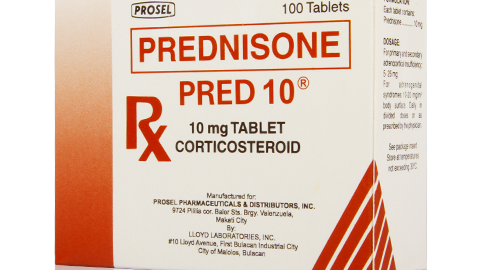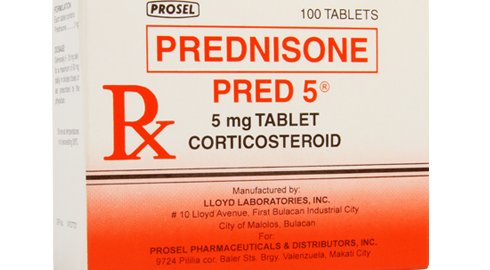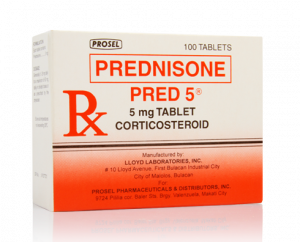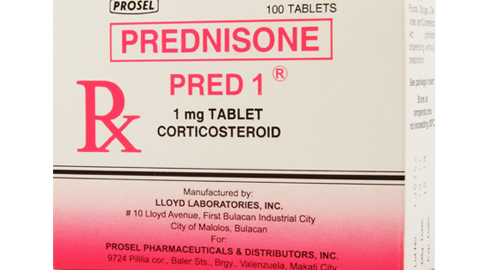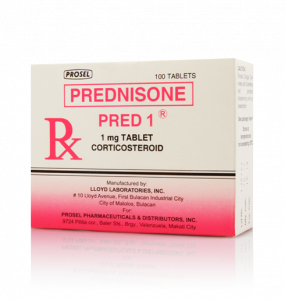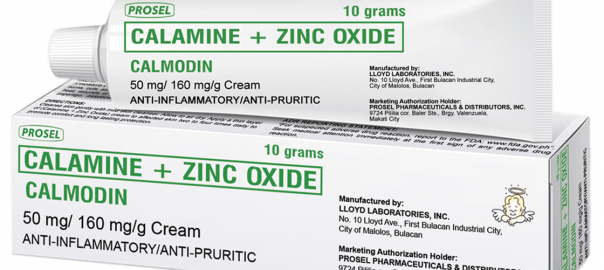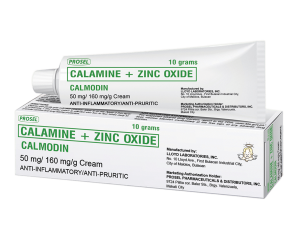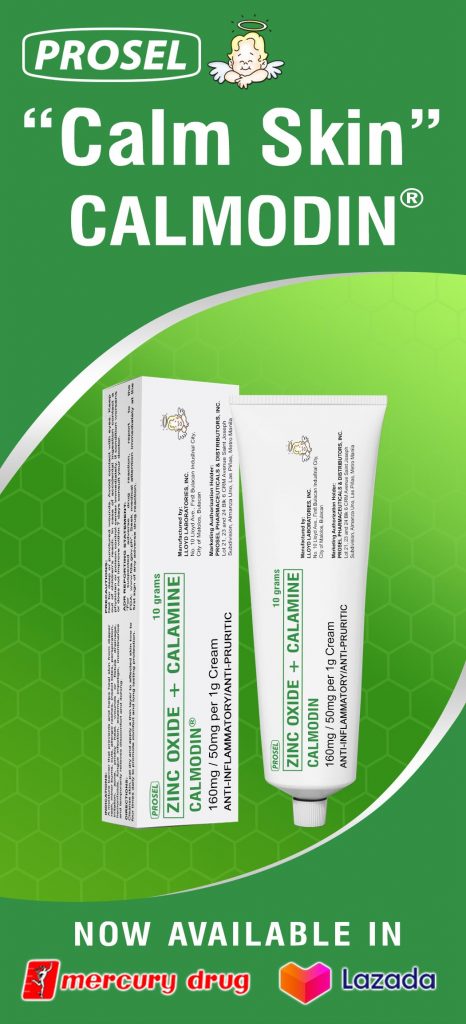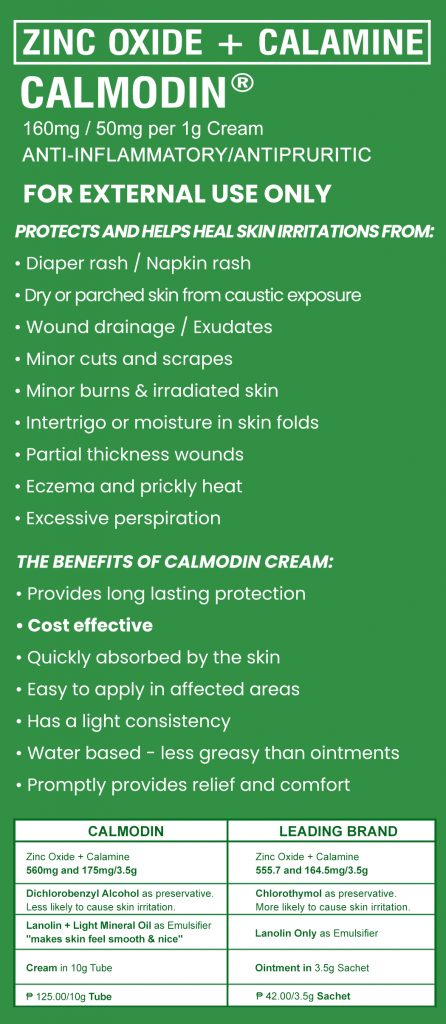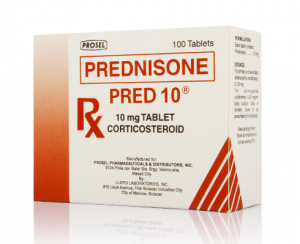
Pred 10® (10mg)
PRECAUTION:
The dose of corticosteroid required to diminish corticotropin secretion with consequent atrophy of the adrenal cortex and the time required for its occurence very from patient to patient. Acute adrenal insufficiency may occur during prolonged treatment or on cessation of treatment and may be precipitated by stressful situations. Growth retardation in children has been reported. High doses of corticosteroids administered during pregnancy may cause fetal or neonatal adrenal suppression.
DESCRIPTION:
Prednisolone is a glucocorticoid given, as the free alcohol or in esterified form, orally or parenterally, in the treatment of various disorders in which corticosteroids are indicated, except adrenal deficiency states, Adverse effects are those of corticosteroids in general. It has relatively slight mineralocorticoid effects.
ADVERSE EFFECTS:
Large doses of corticosteroids, or of corticotropin may produce Cushingoid symptoms typical of hyperactivity of the adrenal cortex, with moon face sometimes with hirsutism, buffalo hump, flushing, increased bruising, ecchymoses, striae, and acne, sometimes leading to a fully developed Cushing’s syndrome. If administration is discontinued these symptoms are usually reversed, but sudden cessation is dangerous.
Other adverse effects include amenorrhea, hyperhydrosis, skin thinning, ocular changes including development of cataract, mental and neurological disturbances, intracranial hypertension, acute pancreatitis, and aseptic necrosis of bone. An increase in coagulability of the blood may lead to thromboembolic complications. Peptic ulceration has been reported. Muscle weakness and wasting occur occasionally, particularly when corticosteroids are taken in large doses. The former arises from the mineralocorticoid properties of corticosteroids, the latter from their glucocorticoid properties and is most evident with triamcinolone.
INDICATIONS:
Prednisolone is used in physiological doses for replacement therapy in adrenal insufficiency. Pharmacological doses are used when palliative anti-inflammatory or immunosuppressant effects are required.
FORMULATION:
Each tablet contains:
Prednisone ……………………………. 10 mg
PHARMACOKINETICS:
Prednisolone and prednisone are both readily absorbed from the gastrointestinal tract, but whereas prednisolone alrealy exists in metabolically active form, prednisone must be converted in the liver to its active metabolite, prednisolone. In general, this conversion is so that prednisone has been estimated to have only about 60 minutes. Hence, although prednisone has been estimated to have only about 80% the bioavailability of prednisolone, this difference is of little consequence when seen in the light of inter subject variation in the pharmacokinetics of prednisoline itself: bioavailabilityalso depends on the dissolution rates of the tablet formulations. Nevertheless, prednisolone is the more reliably absorbed of the two corticosteroids, particularly in some liver diseases where the conversion of prednisone may be diminished. Peak plasma concentrations of prednisolone are obtained 1 to 2 hours after administration by mouth, and its plasma half-life is 2 to 4 hours. Its initial absorption, but not its overall bioavailability, is affected by food.
Prednisolone is extensively bound to plasma proteins, although less so than hydrocortisone (cortisol).
Prednisolone is excreted in the urine as free and conjugated metabolites, together with an appreciable proportion of unchanged prednisolone. Prednisolone crosses the placenta and small amounts are excreted in breast milk.
Prednisolone has a biological half-life lasting several hours, intermediate between those of hydrocortisone (cortisol) and the longer acting glucocorticoids such as dexamethasone. It is this intermediate duration of action which makes it suitable for the alternate-day administration regiments which has been found to reduce the risk of adrenocortical insufficiency, yet provide adequate corticosteroid coverage in some disorders.
DOSAGE:
The usual dose for prednisolone is 5 to 60 mg daily in divided doses, as a single daily dose after breakfast, as double dose on alternate days, or as prescribed by the physician.
CAUTION:
Foods, Drugs, Devices and Cosmetics Act prohibits dispensing without prescription.
AVAILABILITY:
Prednisolone 10 mg tablet
Blister Pack x 10’s – Box of 100’s and 500’s
STORAGE CONDITION:
Store at terperatures not exceeding 30 degree Celsius.

